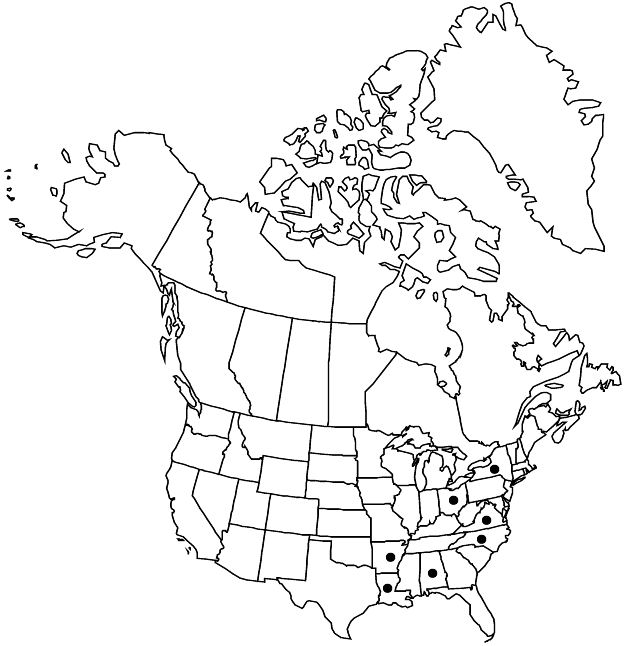Spiraea cantoniensis
Fl. Cochinch. 1: 322. 1790.
Shrubs, 3–20 dm, not rhizomatous. Stems arching, branched. Leaves sometimes partly persistent; petiole 3–10 mm; blade rhombic-lanceolate, 2–7 × 0.5–2 cm, membranous to chartaceous, base cuneate to obtuse, margins coarsely serrate or irregularly 3-fid to slightly lobed distally, venation pinnate simple craspedodromous, secondary veins not prominent, apex acute, abaxial surface blue-green, glaucous, glabrous, adaxial dark green, glabrous. Inflorescences mostly axillary, corymbiform or hemispheric panicles, 2–5 × 2–5 cm; filiform bractlets sometimes present at base; branches glabrous or pubescent. Pedicels 10–20 mm, glabrous or pubescent. Flowers often double-flowered, usually distinct, 10–15 mm diam.; hypanthia campanulate to turbinate, 3–5 mm, abaxial surface glabrous or sparsely hairy, adaxial glabrous; sepals deltate, 1–1.5 mm; petals white, elliptic to orbiculate, 2–4 mm; staminodes 10–12; stamens 20–28, 0.5–1 times petal length. Follicles inflated cymbiform, 0.5–2 mm, glabrous.
Phenology: Flowering May–Jun; fruiting Jun–Sep.
Habitat: Meadows, woodland edges, abandoned homesteads
Elevation: 0–300 m
Distribution

Introduced; Ala., Ark., La., N.Y., N.C., Ohio, Va., Asia (China), introduced also in Mexico, Central America (Costa Rica, Panama), South America (Bolivia, Brazil, Colombia, Ecuador), s Africa, Pacific Islands (New Zealand), Australia.
Discussion
Spiraea cantoniensis as found in China has a five-petaled flower, as is typical of the genus; the native species is rarely found or cultivated in North America. Instead, a cultivar (lanceata, flore pleno) with twice or more the number of petals, frequently referred to as “double-flowered,” is the representative of S. cantoniensis most commonly established in the flora area; it does not appear to be invasive. Other references that may be helpful in identifying this taxon include L. H. Bailey et al. (1949), H. S. Maxwell and S. G. Knees (1989), A. Huxley et al. (1992, vol. 4), and Lu L. T. and C. Alexander (2003).
Selected References
None.